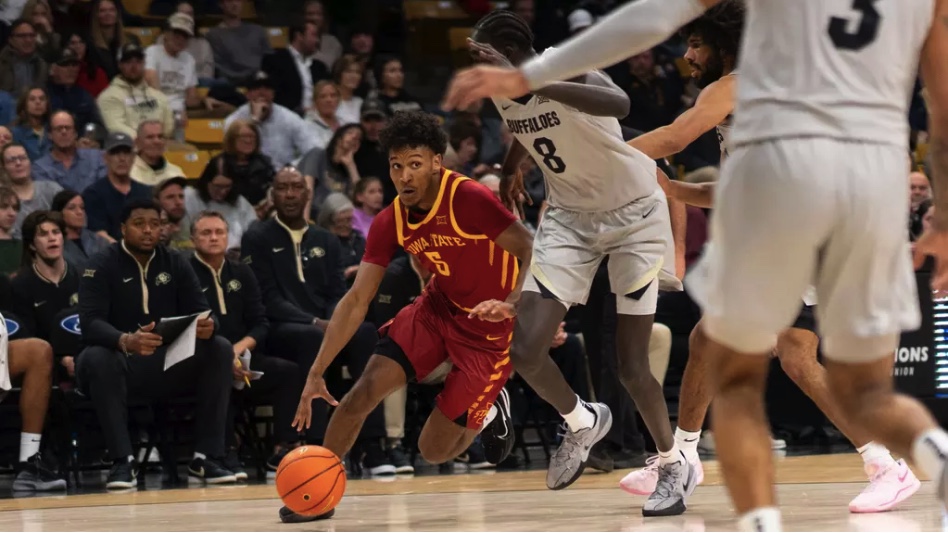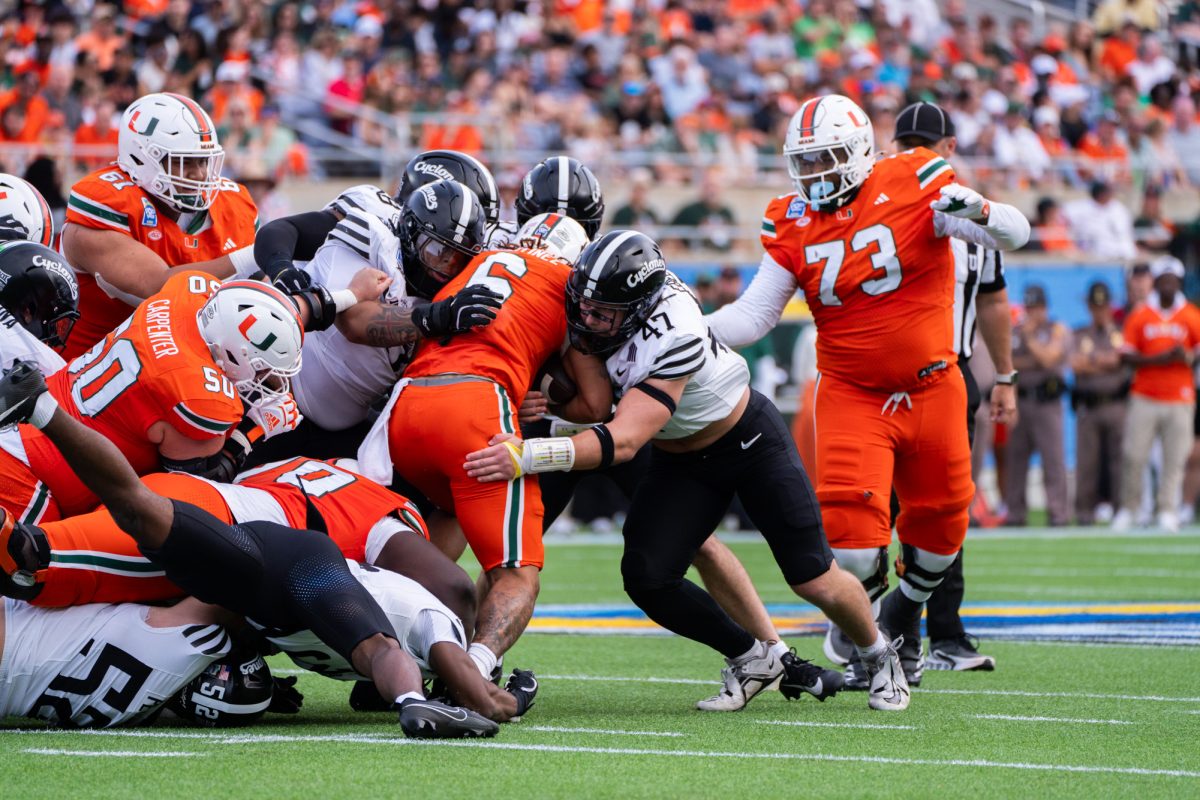Dance thrives despite cutbacks
November 20, 2003
Janice Baker has been immersed in ISU dance for 20 years. Her office proves it.
File cabinets are left half-open, overflowing with brochures, papers and flyers about upcoming performances. Her walls are decorated with posters that portray dancers mid-movement in beautiful poses.
Baker and the two other professors in the dance program, are the only faculty in the dance department.
A few years ago, the dance program had five faculty members, but since the budget cuts, it has been whittled down to “two and a half,” says Baker, assistant professor in health and human performance. In the dance program, two professors are full time, while another is part time, and still they try to keep up with the demand for the arts on campus.
“We do the same programming as we did when we had five, faculty,” Baker says. “Plus, we added a performing arts major.”
Baker says she and her colleagues are always trying to make the program more visible, because dance is a life activity that is beneficial to the ISU community.
“Being articulate with your body and being healthy is highly significant,” she says. “If you aren’t comfortable with your body, you don’t have much of a life.”
Baker says being a small program causes one main problem: many students aren’t aware of what is offered to them through the dance department.
“Seniors in the program tell me they wish they would’ve discovered it sooner,” she says, “rather than taking one class their last semester.”
There are 22 dance classes at ISU, plus an independent study course. The classes range from modern dance to ballet, tap and jazz to folk dance.
Amy Martin is a full-time lecturer in the dance program. She has been at ISU for two years and says she is grateful for the opportunities on campus.
“The arts are really suffering right now, as well as education in general, so to find a job where I can do both is great,” she says.
Martin also says students from different majors who are excited about dance will be more likely to support the arts in the future. There are students who choose to get involved in the dance program, even when it is not their major.
There is a downside to having so many people who want to be involved with the program, Martin says.
“The enthusiasm is there, there just isn’t enough of us or enough time in a day to do it all,” she says.
Many of the departments work together to be successful, says Jerry Thomas, professor and chair in health and human performance.
Performing Arts, theater and music all work together seamlessly, he says.
“A lot of bang for the buck here,” he says.
Thomas says he agrees the dance program is very active, but in numbers they are very small. There was talk of moving the dance program out of the College of Education, he says, but the faculty and students have never wanted to be anywhere else.
“Their facilities are here and they know they’re appreciated here,” he says.
Thomas says since ISU is a land grant university, the focus has been on the sciences and technology, he doesn’t see the dance program experiencing huge growth.
“That doesn’t mean we don’t think the fine arts are important, it just means that we can’t be everything to everybody,” he says.
Vernon Windsor, dance accompanist and composer-in-residence, works part time in the program. In his five years at ISU, Windsor says he realizes why the dance program on campus is so different from other campuses.
“We weren’t designed to necessarily produce dancers rather than expose people to dance.”
Although the dance program at Iowa State is overworked, the Department of Health and Human Performance is very supportive and they do their best, Windsor says.
Thomas agrees the dance program does very well considering the state of the university.
“Just because they’re small doesn’t mean they’re not important,” he says. “It just means they’re small.”






